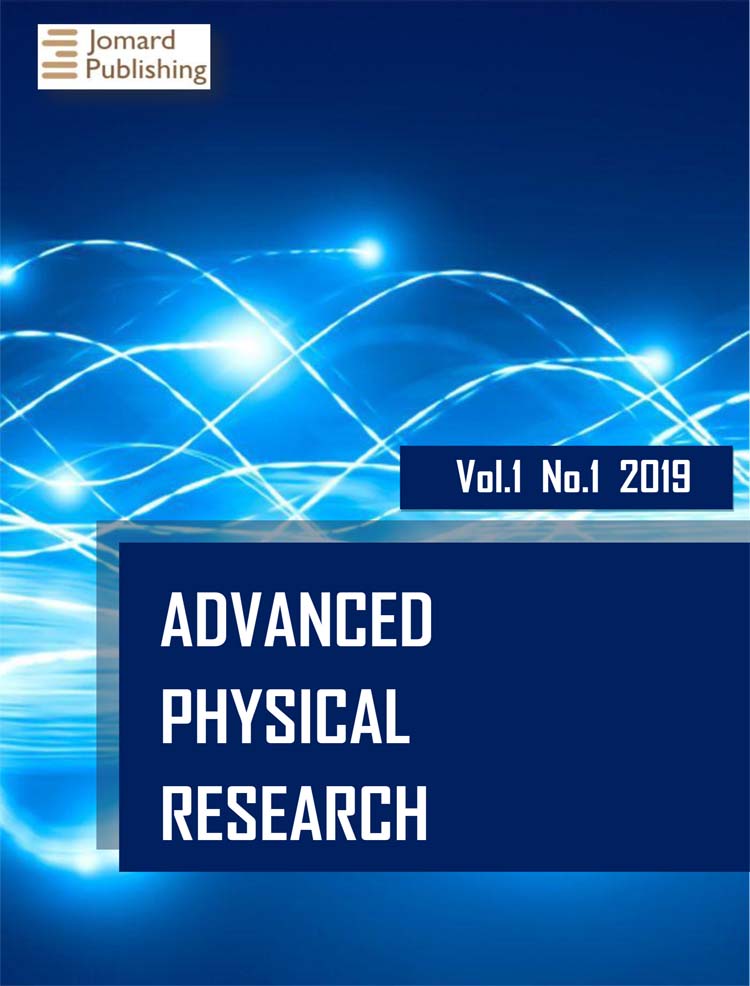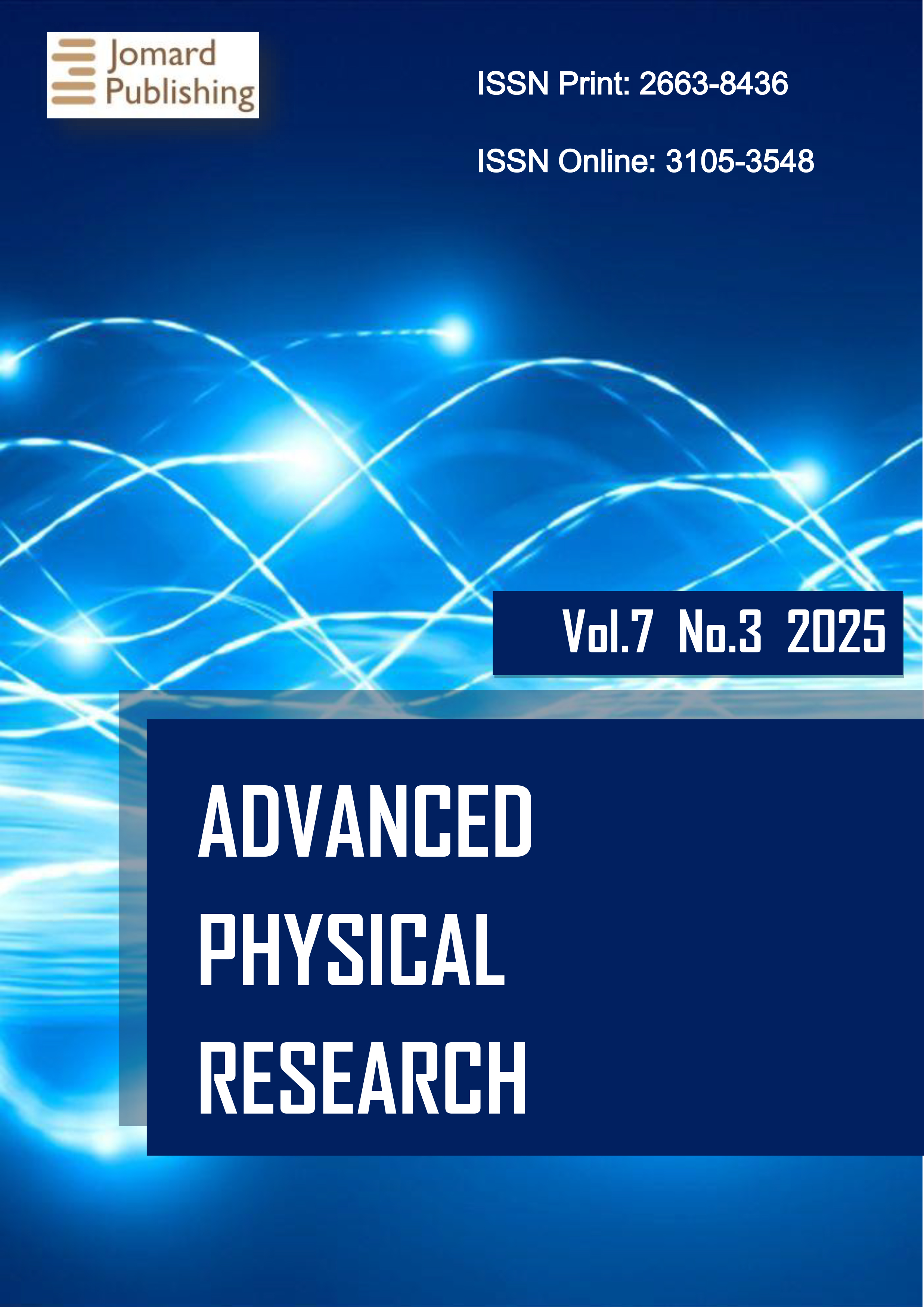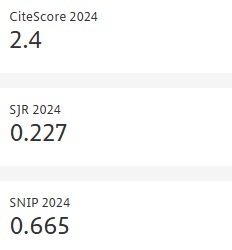Dark Photon Phenomenology at Electron-Positron Colliders: Analytical Predictions and Experimental Probes
- Published: 16-10-2025
Share
The dark photon, a hypothetical gauge boson arising from an additional hidden gauge symmetry, represents a compelling extension of the Standard Model and a potential portal to the dark matter sector. In scenarios where its mass lies significantly below the electroweak scale, the dark photon may kinetically mix with the Standard Model photon through a small parameter ε, leading to feeble interactions with charged particles. This work investigates the production and detection prospects of such a dark photon in high-luminosity collider environments. Using Feynman diagrammatic techniques, we present complete analytical derivations of the kinetic mixing Lagrangian, decay widths, and cross-sections for processes such as e+e-→γU. We provide step-by-step calculations of the differential and total cross-sections, analyze their dependence on the dark photon mass mU and kinetic mixing ε, and compare the results with exclusion limits from Belle II and KLOE-2. The novelty of our work lies in the explicit analytical treatment, updated numerical simulations incorporating ISR effects, and new exclusion plots that extend previous analyses. The findings offer guidance for current and future searches at electron-positron colliders.
- View 261
- Downloads 40
- Saveds 0
- Citations (Crossref) 0


